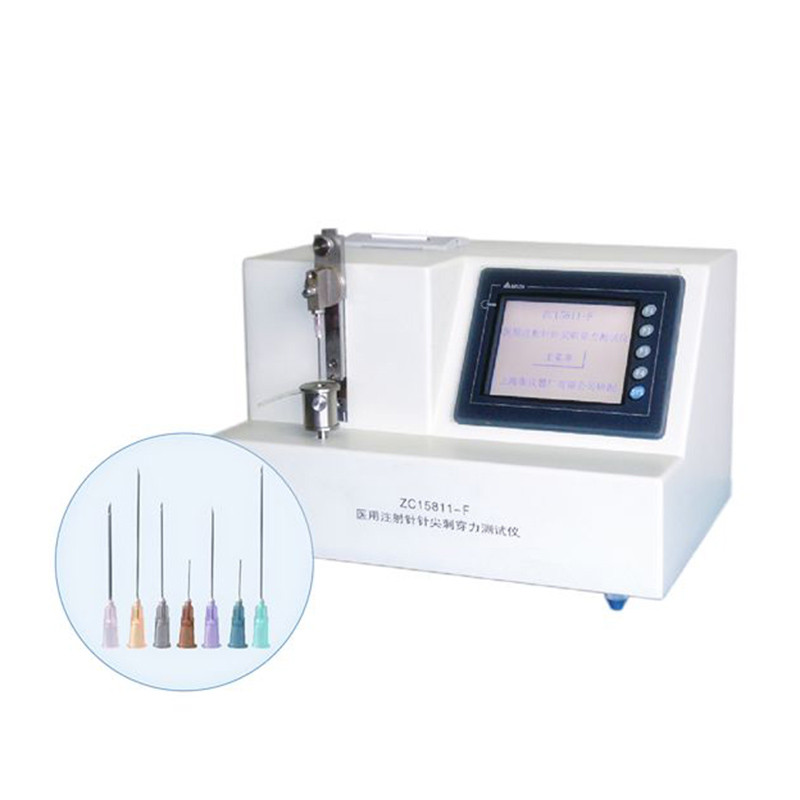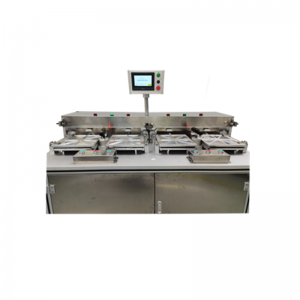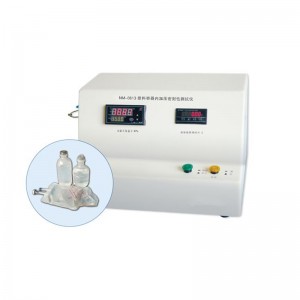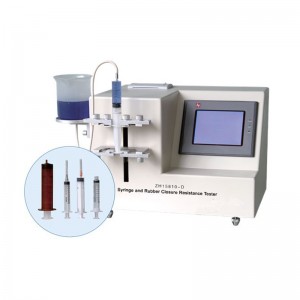ZC15811-F Medical Needle Penetration Force Tester
A medical needle penetration force tester is a specialized device used to measure the force required for a needle to penetrate various materials. It is commonly used in the medical industry to evaluate the sharpness and penetration characteristics of hypodermic needles, lancets, surgical needles, and other medical devices that involve needle penetration. The tester typically consists of a testing platform with a material holder and a force measurement system. The material holder securely holds the sample material, such as rubber, skin simulators, or biological tissue substitutes. The force measurement system then applies a controlled force to the needle as it penetrates the material. The needle penetration force can be measured in various units, including new tons or grams-force. The tester provides precise and accurate force measurements, allowing manufacturers to assess the performance and safety of their medical needle products. Some key features of a medical needle penetration force tester may include: Adjustable Force Range: The tester should have a wide force range adjustment capability to accommodate different needle sizes and materials. Force Measurement Accuracy: It should provide accurate force measurements with high resolution to capture even subtle changes in penetration force. Control and Data Collection: The tester should have intuitive controls for setting up the test parameters and capturing test data. It may also include software for data analysis and reporting. Safety Features: Safety mechanisms, such as needle guards, shields, or interlock systems, should be in place to prevent accidental needle sticks during testing. Compliance with Standards: The tester should meet relevant industry standards and regulations, such as ISO 7864 for hypodermic needles or ASTM F1838 for surgical needles. Overall, a medical needle penetration force tester is a valuable tool for assessing the quality, performance, and safety of medical needle products. It helps ensure that the needles used in medical procedures penetrate effectively and minimize patient discomfort and potential complications.








